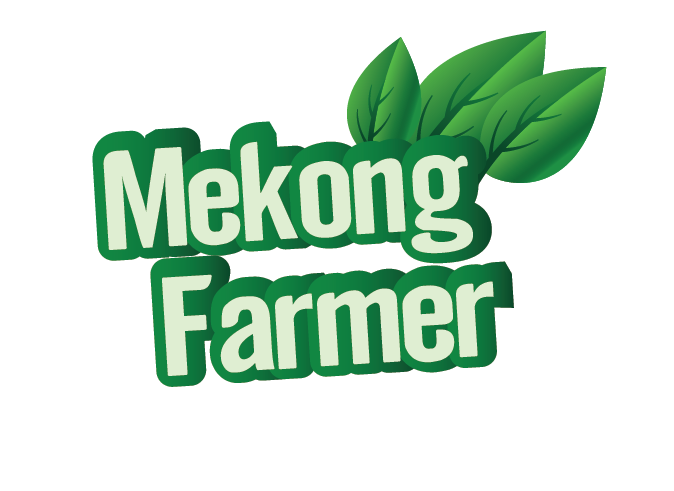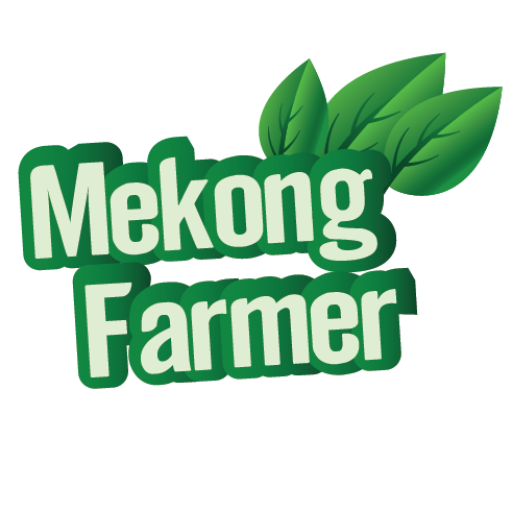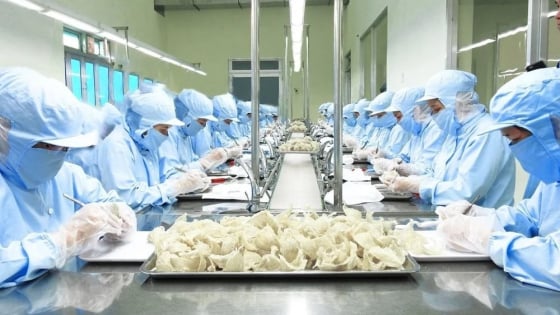(VAN) Delegating surveillance responsibilities to local authorities is a cost-saving and efficiency-boosting measure that removes a key bottleneck for enterprises, according to Director General Duong Tat Thang.
As China remains Vietnam’s most promising export destination for bird’s nest products, the Protocol signed between the two countries in April 2025 is expected to create a breakthrough for this high-value-added sector.
To realise this potential, however, disease surveillance at bird’s nest houses has emerged as a technical barrier. Strengthening the role of provincial Sub-Departments of Livestock Production and Animal Health, rather than the current regional management approach, is regarded as a pivotal strategy to lower costs, streamline procedures, and enhance autonomy for both businesses and state agencies.

Director General Duong Tat Thang: “Placing businesses at the heart of swiftlet nest industry development.”. Photo: Bao Thang.
Tighter Standards, More Localised Responsibility
During the Implementation Conference of the Protocol on Edible Bird’s Nest Export to China held on 8 May, organized by the Department of Livestock Production and Animal Health, several new provisions of the 2025 Protocol were discussed in detail. Compared to the 2022 version, the new agreement incorporates more stringent technical requirements from the Chinese authorities.
These include adding an aluminium residue indicator – intended to detect the potential use of bleaching agents during nest cleaning – and the requirement to monitor Newcastle disease alongside avian influenza, as previously mandated.
Notably, China has eliminated the requirement for a certificate of origin, demanding only the animal quarantine certificate. While this simplification benefits exporters by reducing paperwork, it simultaneously places greater responsibility on Vietnam to ensure traceability and conduct upstream disease surveillance.
Given that Vietnam currently lacks a specific food safety surveillance protocol for raw bird’s nest – recently approved for formal export to China – the regulatory authorities are temporarily applying a method similar to that used for cleaned nests. Sample collection is conducted twice annually. Testing criteria include nitrites, aluminium, lead, and mercury.
In the interim, both countries have agreed to continue using the quarantine certificate format issued in 2022 until a new format, as per the 2025 Protocol, is finalized, expected within one to two months. Temperature and time thresholds for thermal treatment must also be met to ensure the elimination of avian influenza and Newcastle viruses. Furthermore, import inspections cover sensory characteristics, product appearance, and packaging, necessitating close cooperation between regulatory bodies and production facilities.
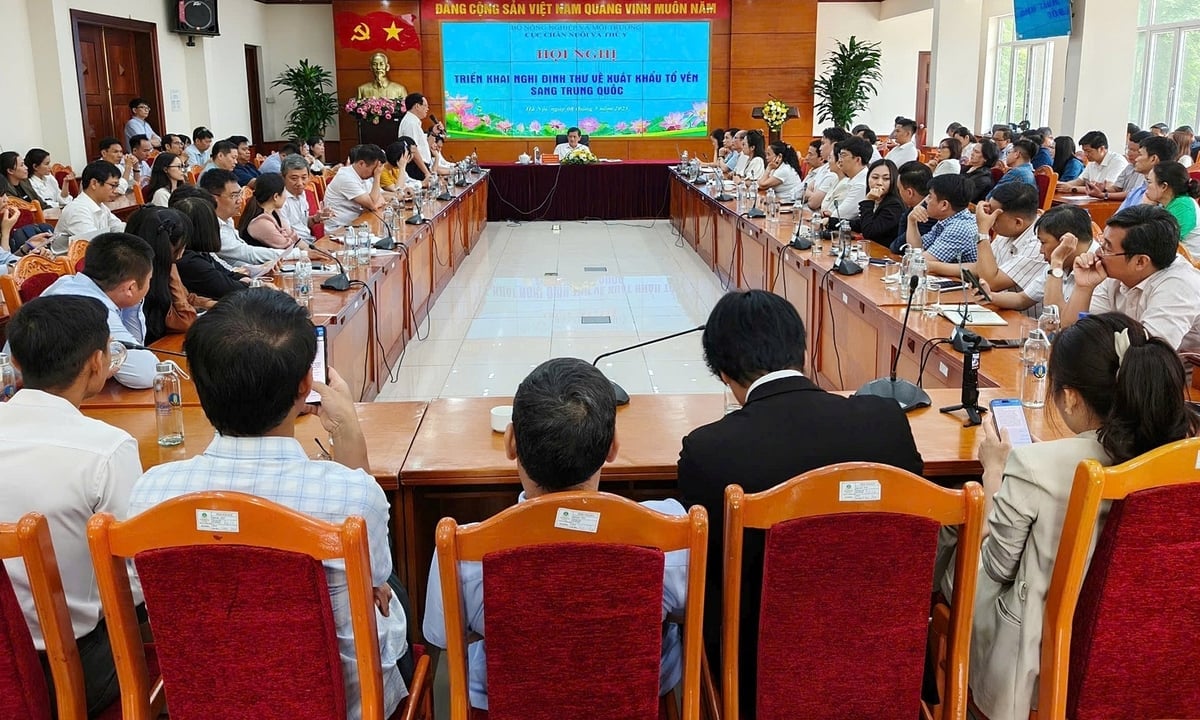
The conference on the morning of 8 May attracted strong interest from numerous businesses in the bird’s nest industry. Photo: Bao Thang.
Proposing a new surveillance model
The Director General of the Department of Livestock Production and Animal Health, Duong Tat Thang, identified decentralised disease surveillance as the most appropriate response to the challenge of meeting export eligibility conditions. Instead of relying on the scattered and costly regional Sub-Departments, businesses would be allowed to coordinate directly with provincial veterinary units for routine sampling and monitoring at individual bird’s nest sites. The regional offices would then focus on providing technical guidance and verifying final product quality.
This model reduces enterprises’ operational costs and aligns surveillance activities with local realities. It supports the broader policy direction of decentralisation currently being implemented nationwide through a two-tier governance system.
Despite the 2022 Protocol opening the Chinese market, Vietnam did not see its first approved exporter until late 2023. In 2024, Vietnam exported only around four tonnes of edible bird’s nest to China, less than 5% of the estimated market capacity. Presently, 13 Vietnamese enterprises have received approval from the Chinese side. These figures highlight persistent obstacles in disease control, traceability, and production standardisation.
The situation is further complicated by the fact that only about 25% of bird’s nest houses successfully attract nesting swifts. Without effective resource management, significant losses are likely. To establish a foundation for sustainable growth, the industry needs to be reorganised through house registration and the integration of sanitary and biosafety standards.

Ms Nguyen Thi Thu Ha, General Director of Avanest Vietnam Nutrition Joint Stock Company, remarked that the price of Vietnamese bird’s nests remains higher than products from Malaysia and Indonesia. Photo: Bao Thang.
Challenges beyond quarantine
Alongside the structural improvements in veterinary oversight, broader industry challenges remain. Although Vietnamese bird’s nests are well-regarded for their quality, many facilities still lack advanced processing equipment. Inconsistent colouring can result in misperceptions about product quality. Furthermore, the Vietnamese bird’s nest brand is still relatively unknown in China, especially when compared to long-established exporters like Malaysia and Indonesia.
The edible bird’s nest industry is highly specific. Unlike livestock, swiftlets cannot be domesticated or bred in captivity, and their wild behavioural patterns make disease control more complex. As such, traditional disease management frameworks and uniform production standards applied in other animal husbandry sectors are not feasible. This uniqueness, while presenting management challenges, also enhances the distinct value of Vietnamese nests.
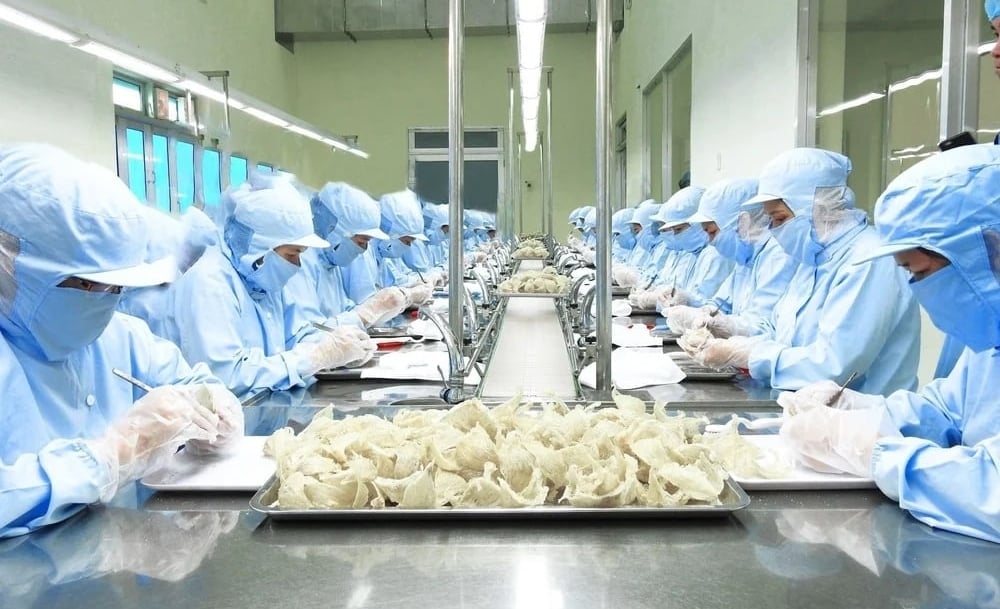
Bird’s nest products hold high economic value and are considered a key driver for boosting exports in the livestock sector. Photo: BT.
Branding and Domestic Market Development
In addition to export ambitions, the Department of Livestock Production and Animal Health emphasises the need to cultivate a domestic market for bird’s nest products – a space that remains largely untapped. With improvements in quality, investment in processing technology, and greater transparency in production and quarantine practices, businesses can appeal to Vietnamese consumers.
As Director General Thang noted, Vietnam has its opportunity to develop a national icon for bird’s nest, akin to Japan’s Kobe beef or Korea’s Hanwoo beef- perhaps even available at Noi Bai International Airport as a symbol of premium national produce.
Achieving this will require proactive efforts from businesses, including the development of traceability systems, geographical indication registration, and the establishment of a national brand for Vietnamese bird’s nests.
According to the Vietnam Swiftlet Nest Association, even a subtle improvement in the nest’s whiteness can increase its value by millions of VND per unit. Such added value necessitates technological upgrading, refined processing techniques, and a deep understanding of market preferences.
Finally, the Department of Livestock Production and Animal Health reaffirmed its commitment to working alongside businesses to resolve technical obstacles. It stressed that enterprises must also take responsibility, collaborating with associations, local authorities, and regulators to meet quarantine requirements, follow procedures, and standardise product declarations, especially regarding nest content proportions in processed products.
Under China’s Order 248, if the declared swiftlet nest content in a finished product exceeds 1%, the product falls under regulatory scrutiny by competent authorities. Conversely, declarations of less than 1% allow for direct registration via the CIFER platform. Regulations are already in place- the key lies in transparency and accountability from producers.
Agriculture News | Agri Products Price
